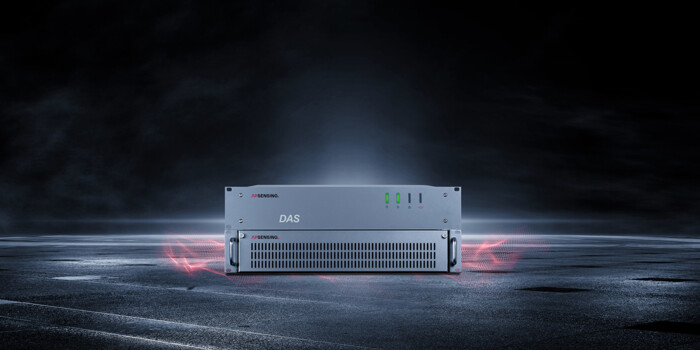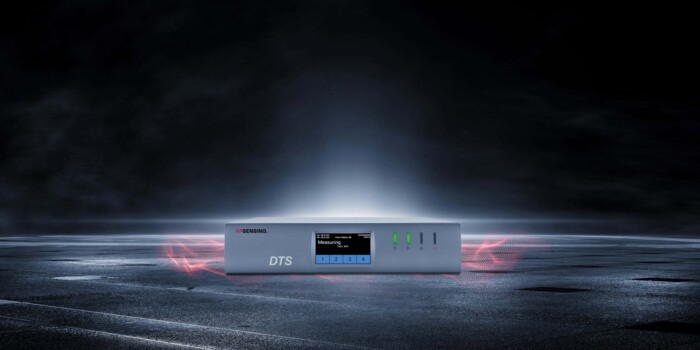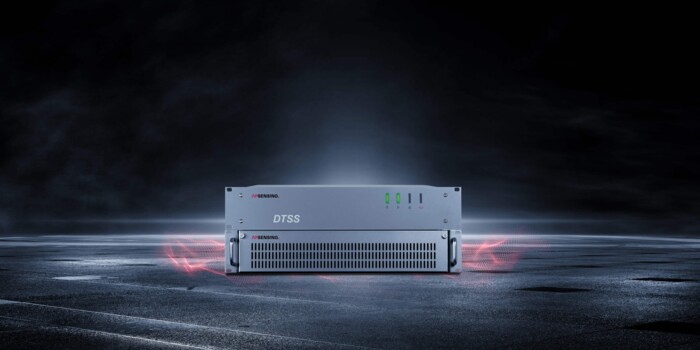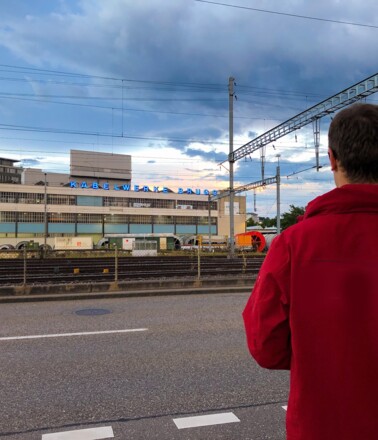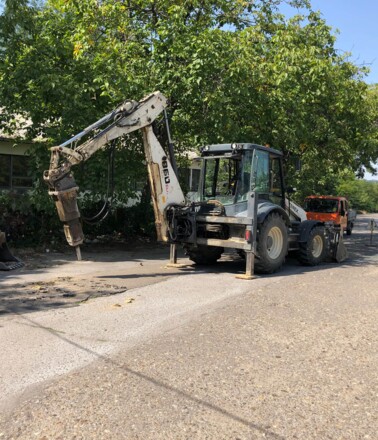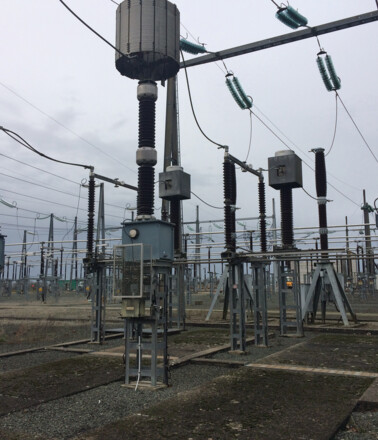Underground cable monitoring is crucial for maintaining reliability and preventing failures caused by environmental and mechanical threats. By detecting issues early, it enables proactive maintenance, reducing the risk of service disruptions and costly repairs. Advanced technologies like Distributed Acoustic Sensing (DAS), Distributed Temperature Sensing (DTS) and Distributed Temperature & Strain Sensing (DTSS) play a key role in thermal profiling, capacity optimization, enhanced early fault detection and location, and improved maintenance strategies. Implementing these solutions leads to improved system reliability, significant cost savings, and increased safety for underground cable infrastructure.
The Need for Proactive Underground Cable Monitoring
Monitoring buried cables is vital due to constant threats from thermal bottlenecks, joint anomalies, aging assets, climate changes and third-party interference, which can compromise cable integrity and lead to damage. Continuous monitoring enables early detection, allowing for proactive maintenance that minimizes downtime and reduces costs, ensuring reliable power distribution.
At the same time, the increasing integration of renewable energy sources as well as decentralized energy supply systems introduce new complexities to power grid infrastructure. These changes create a growing need for grid optimization and capacity optimization to ensure efficient energy flow and system stability. Electric power generation, transmission, and distribution networks are critical infrastructure resources that require real-time measurement data at every stage—from generation to end-user delivery. This data not only supports service reliability, operating efficiency, and safety but is also essential for meeting evolving regulatory requirements and managing fluctuating energy demands effectively.
Against this backdrop, underground cable monitoring is applied across diverse environments, each with unique challenges. Urban areas require advanced solutions to navigate infrastructure complexity, while rural and remote areas benefit from cost-effective, low-maintenance strategies. Robust monitoring solutions are essential to maintaining cable integrity and reliability in all these environments.
AP Sensing's Advanced Monitoring Solution
AP Sensing’s advanced monitoring solutions effectively address these challenges to enable proactive maintenance and leading to predictive asset management.
Distributed Temperature Sensing (DTS), Distributed Temperature & Strain Sensing (DTSS) and Distributed Acoustic Sensing (DAS) are key technologies used for power cable condition monitoring. They monitor various aspects of cable conditions, from temperature variations to vibrations and acoustic signals, providing comprehensive insights into cable condition.
Our solutions are tailored for underground cables and connections, including:
- HVDC/HVAC transmission cables
- Underground power cables
- Distribution cables
Event Detection
Event detection for underground cables using Distributed fiber optic sensing (DFOS) technology ensures precise detection and classification of critical events, enhancing the safety and reliability of power networks.
Key capabilities include:
- Precise detection and location of cable faults
- Monitoring and detection of third party intrusion (TPI) such as digging
- Comprehensive condition assessments to maintain cable integrity and performance
Technologies Used in Underground Cable Monitoring
Distributed Acoustic Sensing (DAS)
Distributed Acoustic Sensing (DAS) technology monitors buried cables by detecting vibrations and acoustic signals associated with potential faults. DAS precisely locates cable faults and detects third party intrusion (TPI) early, helping to prevent damage.
Onshore, DAS can identify activities such as cable theft, machine digging, or drilling near the cable route. By continuously analyzing acoustic signals, DAS ensures a rapid response to potential hazards, improving the reliability and safety of power distribution systems.
Distributed Temperature Sensing (DTS)
Distributed Temperature Sensing (DTS) is crucial in cable condition monitoring. DTS provides real-time insights into cable performance by identifying hotspots, cold spots, and thermal bottlenecks that could affect efficiency and safety.
One of its key features is the ability to detect even the smallest anomalies from normal thermal behavior through Machine Learning Thermal Analysis (MLTA). This early detection of abnormal conditions allows for timely intervention, optimizing performance and preventing potential failures, ensuring the long-term reliability and safety of the cable network.
Distributed Temperature & Strain Sensing (DTSS)
Distributed Temperature & Strain Sensing (DTSS) for underground cable monitoring provides real-time insights into both thermal and mechanical conditions. By detecting hotspots, cold spots, mechanical strain, and external impacts, DTSS ensures early identification of potential cable degradation.
This enhances the long-term reliability, safety, and efficiency of underground power networks, preventing failures before they occur.

Expanding Our Monitoring Solutions
Fiber-based Current Monitoring (FbCM)
AP Sensing’s Fiber-based Current Monitoring (FbCM) expands the functionality of our DAS technology with the option of electrical condition monitoring. Sheath currents of AC power cables are indicators for the functionality of bonding, insulation failures, link box flooding, unwanted ground contacts and sheath damages resulting from third party intrusions (TPI). AP Sensing’s FbCM can detect all those issues in real-time.
SmartVision Software
AP Sensing's SmartVision management suite shows the condition of your circuits at a glance, controlled by an easy-to-use graphical user interface (GUI). It seamlessly integrates many DAS, DTS, DTSS, and other sensors into a single platform. Circuit layouts are mapped and color-coded to show the measured cable temperatures, as well as instantaneous changes in acoustic energy. Temperature graphs and hotspot tables are readily available. Sections of the cable route can be individually defined for flexible alarm levels and types. Points of interest, such as cable joints, horizontal drillings and manholes can be analyzed with historic trend analysis and historical data is always accessible.
Real-Time Thermal Rating (RTTR)
RTTR, also known as dynamic cable rating, assesses the thermal capacity of electrical cables in real-time by using advanced thermal models that account for soil, ambient conditions, and loading status. By continuously monitoring environmental conditions and cable performance, RTTR calculates the maximum current a cable can safely carry, both for steady-state and emergency scenarios. This real-time assessment not only optimizes capacity and performance but also enhances system reliability by identifying potential cable issues early and ensuring safe operational limits.
Machine Learning Transient Alarm (MLTA)
Additionally, our Machine Learning Transient Alarm (MLTA) detects abnormal asset behaviors that would otherwise remain hidden within the temperature traces captured DTS systems. Our unique MLTA technique allows for the isolation of thermal transients along the monitored asset, enabling the detection of even small cold- and hotspots and triggering fast, reliable alarms.
Key Benefits of Monitoring Buried Cables
With DFOS technology, thousands of data points are collected to provide a detailed and accurate picture of cable conditions. Accurate measurements are achieved, as the sensor cable is unaffected by strain or electromagnetic interference (EMI), ensuring consistent reliability. This serves as the perfect foundation for calculating precise power ratings (RTTR) and enables machine learning-based event detection. Key advantages include:



With a proven track record and continued innovation, AP Sensing offers a completely integrated, end-to-end solution made in Germany. Our team works together with you to select the right combination of technologies to fit your requirements. We also provide onsite services, hotline and online support, maintenance and product training.
Find all our brochures, application flyer, product flyers, videos and further case studies in our media library.


